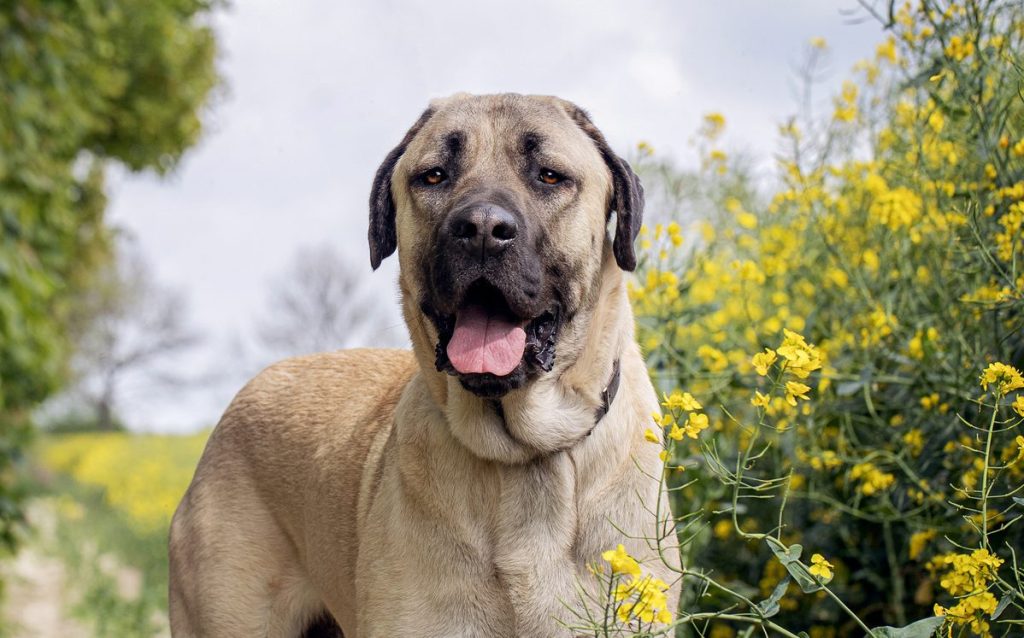The Anatolian Shepherd Dog is a native of Turkey, where they were bred as a shepherd’s companion and livestock guardian. They were created with specific traits to resemble the size and color of livestock they defended so predators wouldn’t detect them among the flock. Sometimes called the Anatolian Karabash Dog, they’re a fiercely loyal guard dog and a large, impressive

Anatolian Shepherd Dog
Statistics
Dog Breed Group
Purebred Dogs
Height
2 feet, 3 inches to 2 feet, 5 inches tall at the shoulder
Weight
80 to 150 pounds
Life Span
11 to 13 years
Trending
No content yet. Check back later!